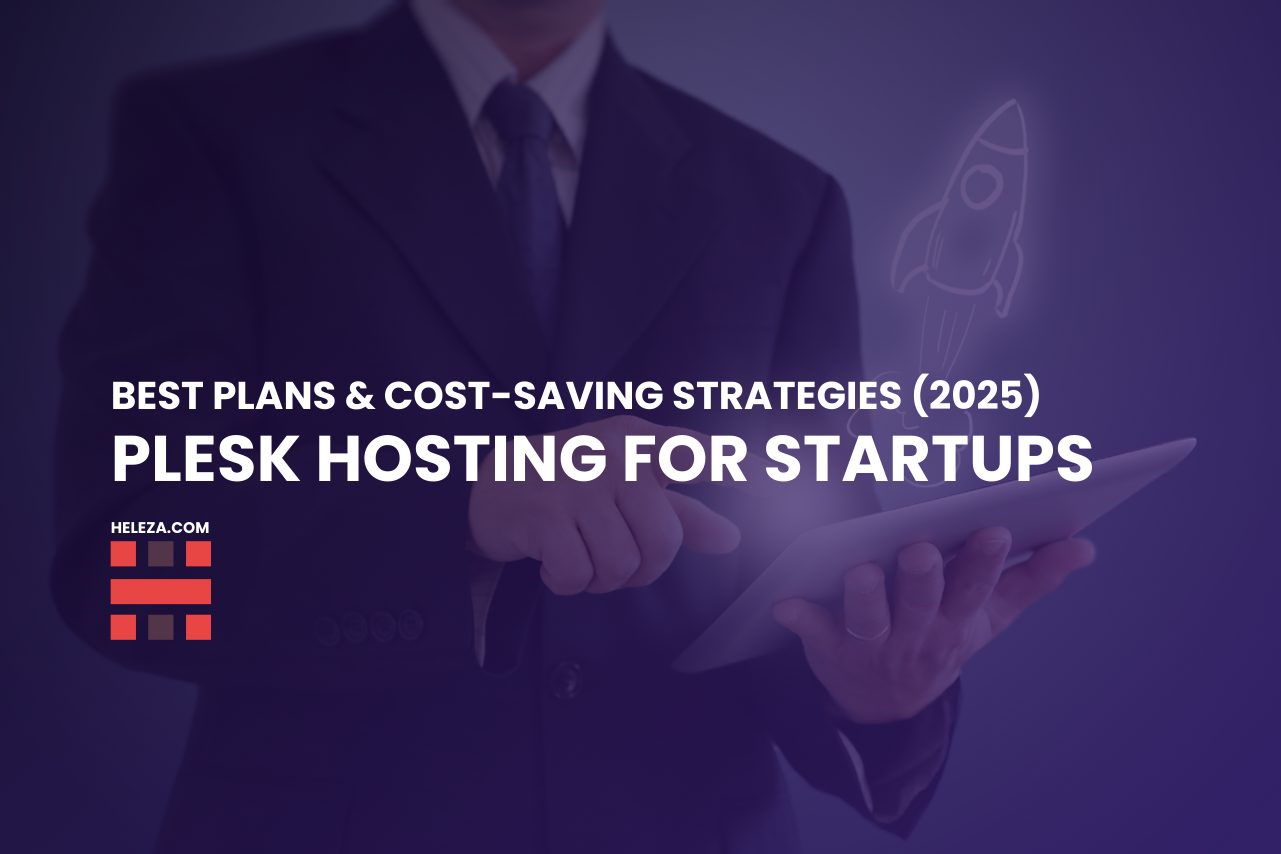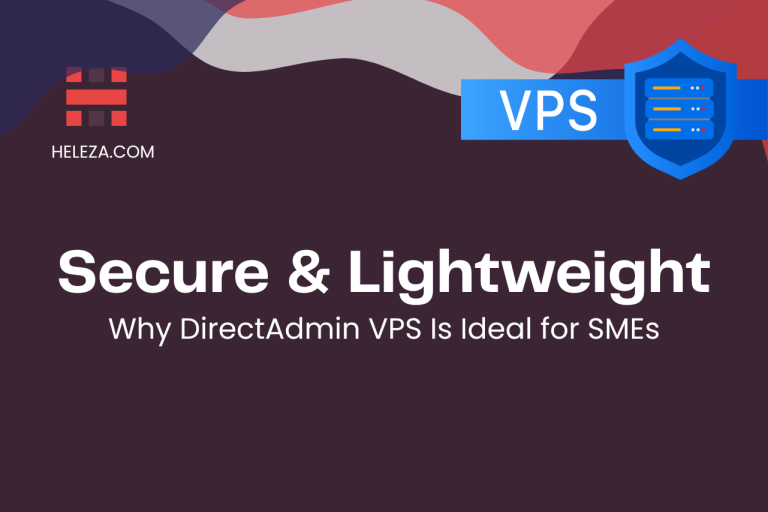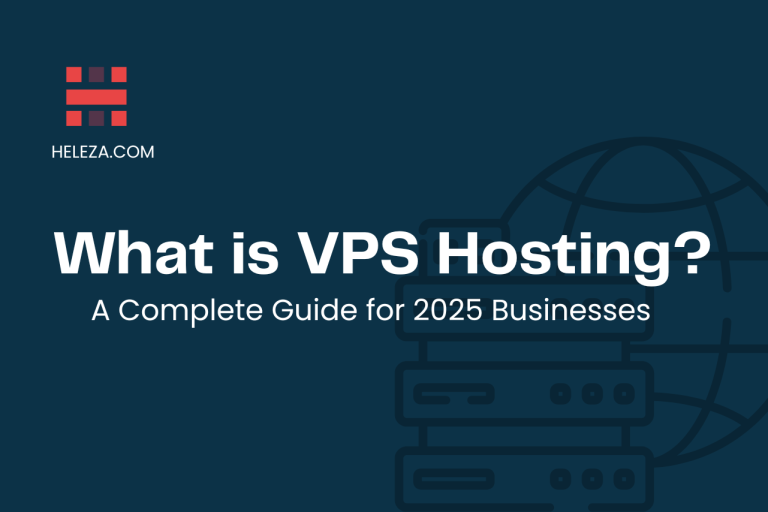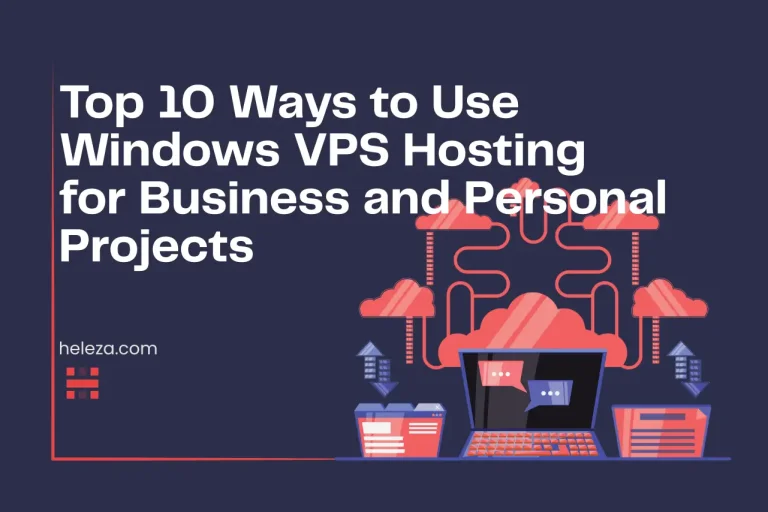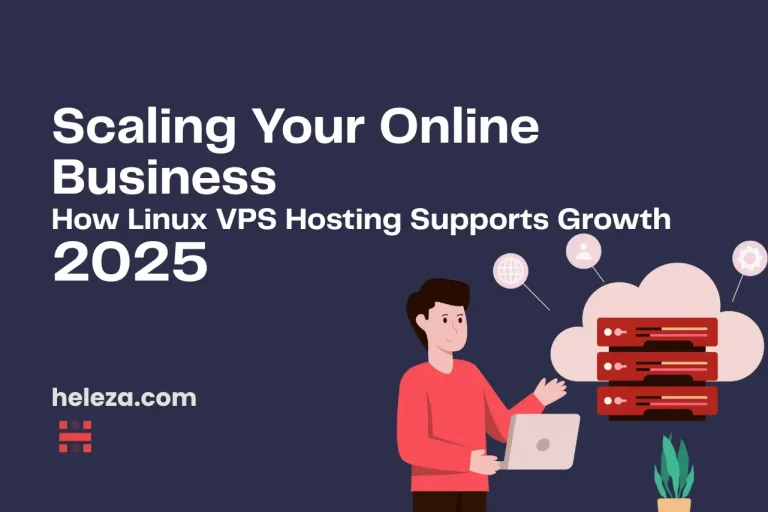Cost-Effective Plesk Hosting Strategies for Startups (2025 Guide)
If you’re building a startup, every dollar counts. You want Plesk WordPress hosting or Plesk VPS hosting that gives strong performance, great security, and room to scale—without wasted resources or surprise fees. In this guide, we explore how startups can choose the best Plesk hosting, manage costs, and grow affordably.
Start Affordable Plesk Hosting with Heleza → Pick a plan with included license & scaling ready: See Plesk VPS Plans
What is Plesk Hosting Used For?
Plesk hosting (with panels like Plesk Obsidian) is used to streamline website management. Startups use Plesk for:
- Hosting WordPress and other CMS sites easily
- Managing domains, email, DNS as well as SSL certificates all via one panel
- Running small web apps or customer portals with minimal setup pain
- Enabling resellers or agency workflows if you manage multiple client or product sites
Plesk is ideal when you want more than shared hosting but aren’t ready for full dedicated servers or complex infrastructure.
Free Site Migration to Plesk → Move your current site, risk-free: Migrate to Heleza
Shared vs VPS vs Dedicated: What Should Your Startup Choose?
Plesk VPS Hosting
- Typical Cost Range: Mid-tier; cost increases with resources & license
- When It’s a Good Fit: Growing traffic; WordPress sites; need dedicated resources; security
- Trade-Offs: Higher cost than shared; need some technical skill or managed hosting
Plesk Dedicated Hosting
- Typical Cost Range: Highest cost
- When It’s a Good Fit: If you have high traffic, large databases, or need maximum performance/ security
- Trade-Offs: Larger upfront, more responsibility for setup and maintenance
Plesk Shared Hosting
- Typical Cost Range: Lowest cost; includes control panel; good for 1–3 small sites
- When It’s a Good Fit: If you’re just launching, need domain hosting + website builder + minimal traffic
- Trade-Offs: Limited resources, less isolation, you share server impact
For most startups, Plesk VPS hosting offers the best balance: performance, scalability, and control without the full cost of dedicated servers.
How to Pick the Best Plesk Hosting for Small Business
When choosing a Plesk hosting plan, look out for:
- License Edition
Plesk’s licensing includes Web Admin, Web Pro, and Web Host editions. Startups usually begin with Web Admin (supports ~10 domains), then upgrade as you add more sites or need reseller functions. - Included Features
- WordPress Toolkit or one-click WordPress installer
- SSL certificate support (Let’s Encrypt etc.)
- Backup and restore tools
- Domain / DNS / email management bundled
- Resource Specs
- CPU cores & dedicated RAM — make sure WordPress sites aren’t swapping on low RAM
- SSD/NVMe storage for faster disk IO
- Bandwidth & network for expected traffic
- Security & Control
Startups need to get basics right: firewall, regular updates, security best practices. Plesk Obsidian supports tools like Fail2Ban, ModSecurity, built-in SSL management. - Pricing Transparency + Scaling
Hidden fees (for adding domains, exceeding limits) can kill your margins. Also check how easy and cheap scaling is—upgrading VPS size, license edition.
Plesk License Cost & Pricing Plans
To plan your budget, here’s a snapshot of typical Plesk pricing for startups:
- Web Admin Edition: supports ~10 domains — baseline license cost.
- Web Pro Edition: ~30 domains, more features.
- Web Host Edition: unlimited domains + reseller tools.
Many providers bundle the license cost in your VPS or shared hosting plan; others charge it separately. Make sure you check whether “Plesk license cost” is included or extra.
Best Hosting Providers & Plans for Startups Using Plesk
Here are good startup-friendly options:
- Hostinger with Plesk hosting offers entry-level VPS + Plesk pre-installed.
- Smaller hosts that include backups, staging, and decent bandwidth.
- If you go with Heleza, you’ll want to choose a plan with enough RAM/CPU and ensure the Plesk panel license is included or clearly priced.
Plesk vs cPanel Hosting: What’s the Better Choice?
Startups often compare Plesk vs cPanel. Here’s how they differ:
| Feature | Plesk | cPanel |
|---|---|---|
| OS Support | Linux + Windows | Linux only |
| WordPress Toolkit & built-in automation | Strong built-in tools in Plesk Obsidian | Mostly via add-ons or third-party tools |
| License model | More flexible by domain / edition | Can get expensive with many accounts |
| UI / UX | Modern, grouped by tasks; easier onboarding | More traditional; steeper learning curve for newbies |
If your startup needs Windows apps or cross-platform tools, or values the WordPress Toolkit, Plesk is a very strong candidate.
How to Install WordPress on Plesk
One key attraction is ease of setup. Typical steps:
- Choose a server or VPS plan with Plesk included or compatible.
- Access Plesk panel → “Applications” or “WordPress Toolkit.”
- Click Install WordPress → fill site name, domain, admin credentials.
- Configure SSL (Let’s Encrypt) immediately.
- Enable auto-updates and staging if available.
With installers bundled, even non-technical founders can get a WordPress site live quickly.
Security Best Practices & Plesk Obsidian Hosting
Keeping your startup safe means locking down your hosting environment:
- Keep Plesk Obsidian and all extensions updated.
- Use a strong password / two-factor authentication for panel login.
- Enable ModSecurity, Fail2Ban.
- Regular backups; test restores.
- Use SSL for all sites.
Plesk’s built-in security tools make many of these easier to manage, especially in startup stages.
Resource Optimization Strategies for Startups
To get the most value out of your hosting:
- Use caching (static, page, object) to reduce CPU/memory load.
- Disable unneeded extensions/apps.
- Consolidate sites where applicable under same domain/subdomain if safe.
- Use lightweight themes/plugins on WordPress.
- Monitor resource usage; upgrade only when you hit predictable thresholds.
Scaling Affordably Without Compromising Performance
As your startup grows:
- Move from shared to VPS, or scale VPS specs (CPU, RAM, SSD).
- Upgrade Plesk license edition only when needed (more domains or features).
- Use provider features (CDN, block storage, backups) wisely so you don’t over-buy hardware.
- Evaluate reseller hosting if you serve clients; this can offset cost.
FAQs
Shared hosting is cheaper and includes Plesk panel on a shared server. However VPS hosting gives dedicated resources, better isolation, and more power for larger sites or more demanding applications.
License costs start from Web Admin Edition (~10 domains) to more advanced editions. Look for hosts that bundle the license. Typical range: $12-$30+ per month for license alone, depending on edition and provider.
Yes. Obsidian has more up-to-date features, better UI, more frequent security updates, and stronger WordPress tools compared to older Plesk versions.
Yes: cPanel, DirectAdmin, Webmin, SPanel, as well as some open-source control panels. Each has its strengths in cost, features, in addition to system resource use.
Start with a Web Admin or Web Pro edition on a VPS with at least 2 vCPU, 4-8 GB RAM, SSD storage, SSL included. As you grow (more sites or traffic), upgrade domain counts or resources.
Final Thoughts
For startups, the right Plesk hosting strategy means balancing cost, resources, as well as features. You can get started affordably with shared or low-tier VPS hosting + the Web Admin license, then scale up selectively as you add sites or traffic.
If you value hosting WordPress, startup costs low, easy management, security built in, then Plesk hosting with a good VPS plan often beats overpaying for high specs you aren’t using yet.
Get Managed Plesk VPS with Security Included → Focus on growth, not servers: Get Started with Heleza Plesk

